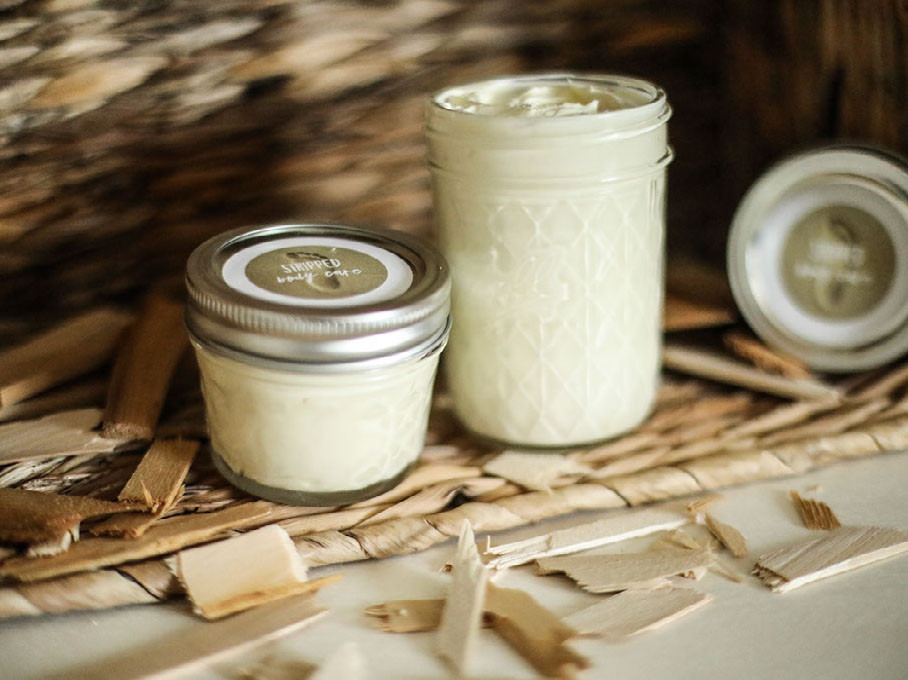Conference Review and Tallow Balm Discovery
posted on
November 16, 2017

I had an amazing time at the Wise Traditions Conference in Minneapolis this past weekend. Here’s a quick overview. I ate delicious and nourishing food, all sourced from small organic regenerative farms like ours and packed with nutrient-rich animal fats and organ meats. I learned a ton from the varied vendors and speakers specializing in healthy diet and lifestyle. And, I gave out thousands of samples to potential Miller’s Bio Farm customers from around the country. Next year, the conference will be in Baltimore, and I hope you can attend!
While in Minneapolis, I had a revelation. I have always been conscious of what I put in my body, what to avoid and what to embrace. But, what about the products I put on my body? I had been focusing on what to avoid, including anything that would harm me by contact with my skin, the largest organ on my body. However, I learned at the conference that the skin can be nourished too! I should be embracing ways to enhance my skin and body by what goes on it. The secret ingredient – tallow!
Tallow as an ingredient in skin care products has been used for thousands of years, but it’s use lost popularity in the past century when fat in general went out of style. Modern day research confirms the wisdom of our ancestors. Tallow’s ratio of saturated to unsaturated fats matches our skin cell’s ratio, making it quite compatible with our skin’s biology. Tallow from healthy, grass-fed, and pastured animals contains an abundance of easily absorbable nutrients, including vitamins A, D, K, and E and conjugated-linoleic acid (CLA). These are all necessary for general skin health.
Tallow is rendered animal fat, most commonly from cows, sheep, and other ruminant animals such as deer. Is it solid and waxy and can be kept at room temperature for long periods of time. Tallow is made by melting interior fat (suet) at 220 F, filtering it, and then letting it cool. When using tallow, quality matters. Any chemicals in the animal’s feed will transfer into the fat. Make sure you get tallow from animals that are 100% grass-fed, like Miller’s Bio Farm’s are.
Tallow can be used by itself but can also be combined with other natural ingredients to make a spreadable balm or lotion... that’s by the way is also edible. It can be used for general skin health, sunburn, diaper rash, eczema, acne, and a range of other conditions.
Here’s a simple recipe for an all-purpose balm. Put 3.5 ounces of tallow into a double boiler to melt. Add 2 Tablespoons of olive oil. Simply pour into a container and let it cool. Voila! If you prefer a scented oil, you can add up to 8 drops of child-safe essential oil for use on babies and children or folks with sensitive skin. For an adult-only balm, you could add up to 27 drops of your choice of essential oils. I love adding orange, lemon, lavender, myrrh, frankincense, or geranium depending on my mood and intended use. You could also go crazy infusing herbs into the oils themselves, but that’s a topic for another week ;)




